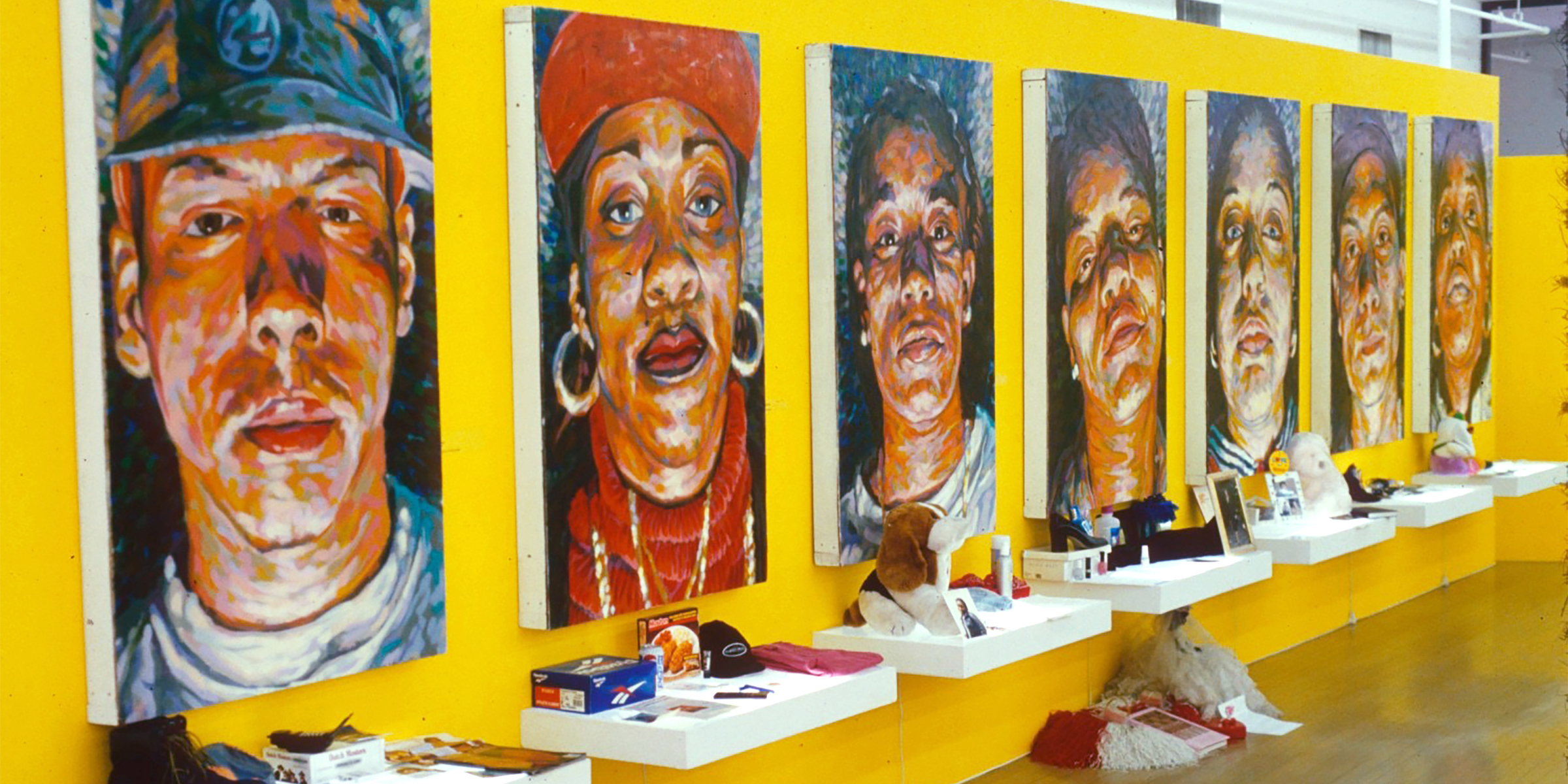
Sunny Days, Critical Times
1997 | New York, NY
PROJECT PARTNERS:
-
Satellite Academy
-
Arts Benefit All Coalition Alternative
-
The Drawing Center
-
Art in General
-
Thread Waxing Space
-
Artists Space
-
Lower Manhattan Cultural Council
What does it mean to see young people in the creation of a collective cultural narrative?
At Satellite, I developed and implemented a school-wide curriculum integrating visual thinking strategies with art history, art practice, English, life science, and global studies as an approach to viewing and understanding contemporary art. Support from the Soros Foundation and the Empire State Partnership Program forced me to learn how to do an assessment that generated more curriculum—which in my case included an exhibition developed, curated, and produced by the students using blue-chip art from the Bohen Foundation Collection. I simultaneously made a portrait series of the students as a part of their exhibition.
One of the students from Satellite was Erica—Erica “Puff Mommy Combs.” Her portrait was made when Sean “Puff Daddy” Combs had just hit the music scene. Erica had a crush so intense that she believed she was going to marry Puff Daddy—to the extent that she signed all her school papers “Erica Puff Mommy Combs.” For the exhibition, each student contributed ten things that represented them to become part of a collaboratively created piece. Among other things, Erica’s list included a picture of Puff Daddy, her favorite pair of jeans, her nails from getting her nails done, her razor that she used to shave her eyebrows, and her contact lens case. Subsequently, a viewer can get an idea of Erica from her painted image, and a viewer can get another idea of Erica from her materials. Combined, the piece shows a representation that we created collaboratively in a process that included reflection and action. This intentionally reflective process of portraiture recognizes the verb in art making; the Western history emphasis on portraiture as a noun frequently overlooks this aspect of art. Conceptually, the collaboration is also very different from the history of portraiture, which is usually about wealthy people and disproportionately about men.
And so, what does it mean to collaboratively create and publicly display images of people who are not from the traditional archetype? What does it mean to see young people in the creation of a collective cultural narrative? And especially, when are young people of color represented in society, much less in galleries and museums? Such an iconic representation of young Black women in America, in a personal, self-determined, and participatory way, and in a repository for precious objects, is very rare.





